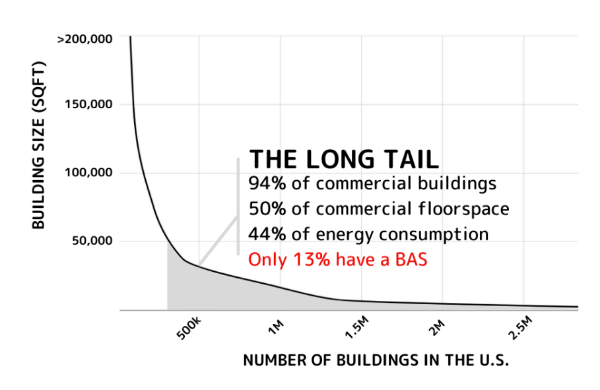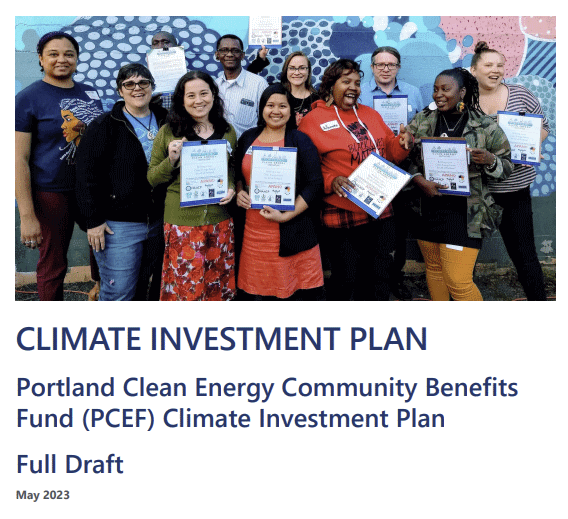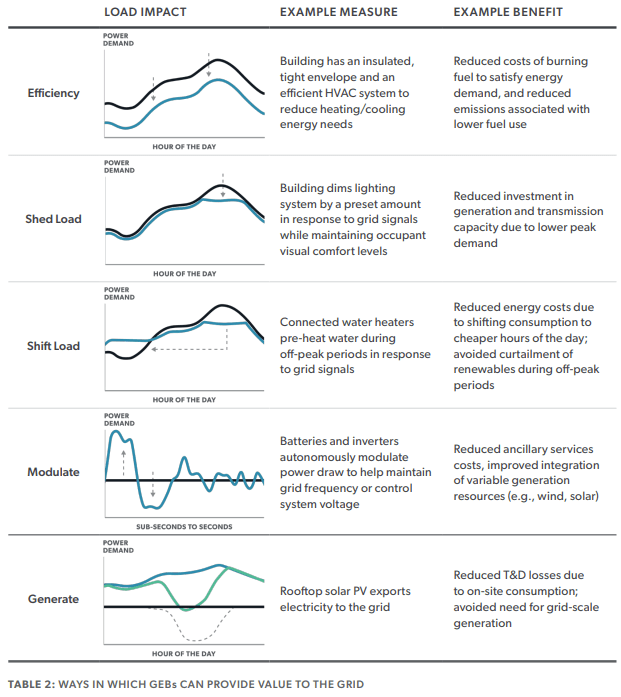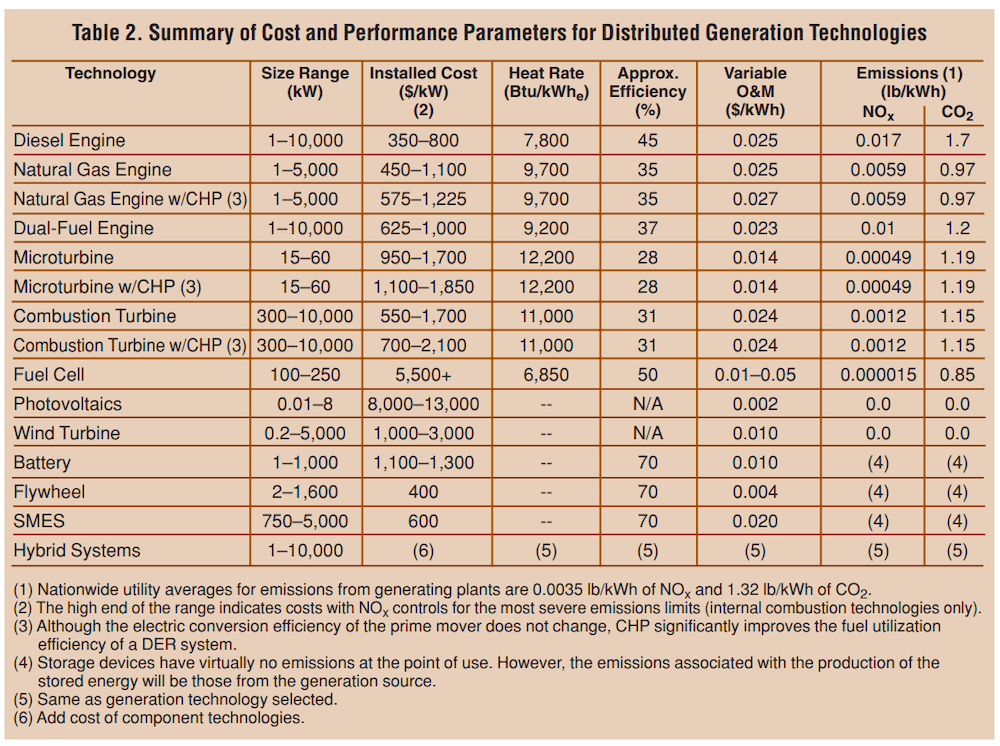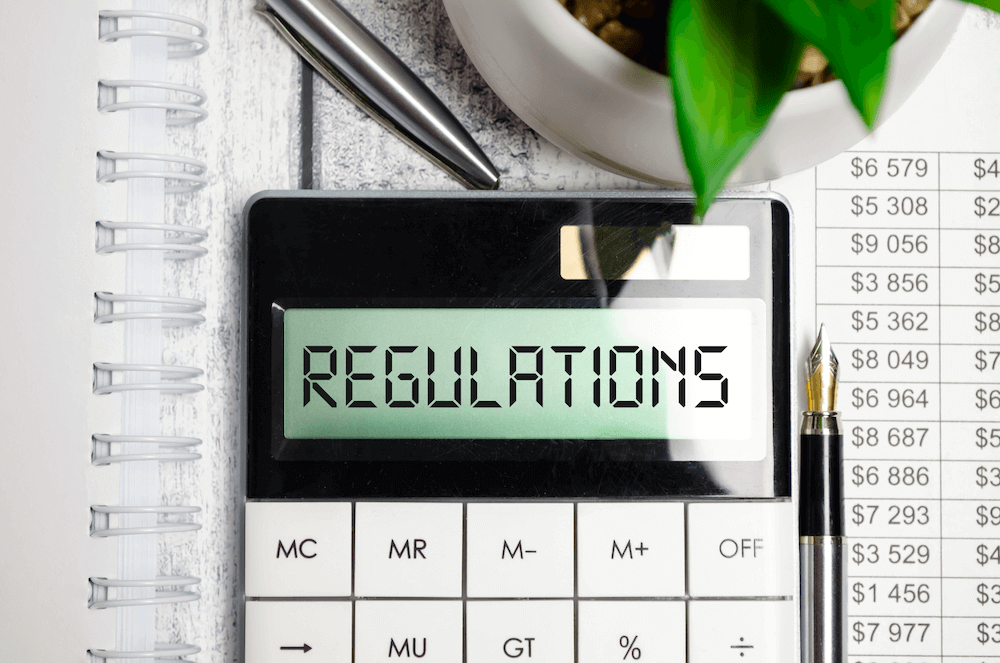
Rule Breakers’ Guide to Dominating Energy Efficiency and Air Quality Compliance in Oregon
Are you ready to break the rules? Not in the traditional sense of rebellion, but by rewriting the rulebook on how to excel in the realm of energy efficiency and indoor air quality (IAQ) compliance in Oregon. It is time to challenge the status quo and carve out a path that leads to compliance mastery while keeping the well-being of all building occupants, especially priority populations, front and center.





